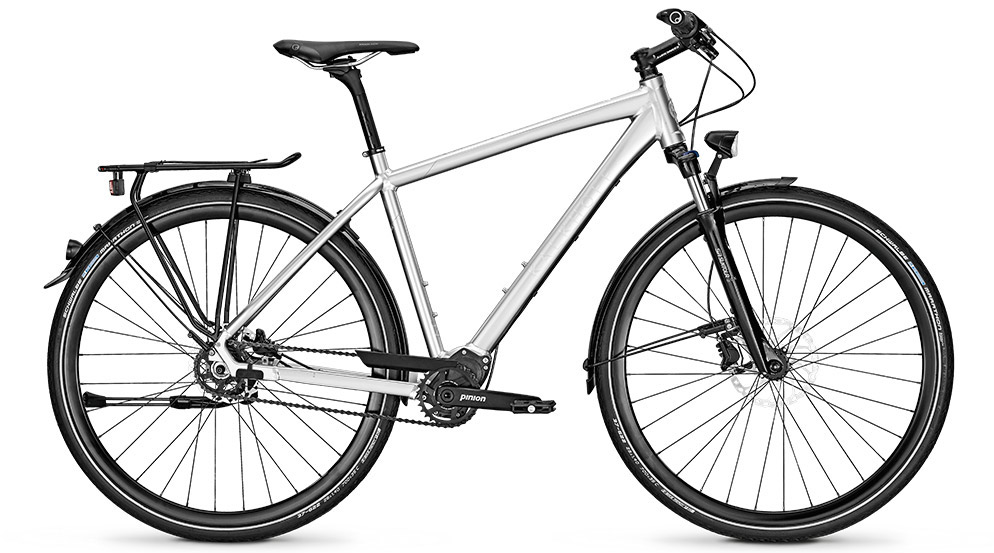Am I a "fancy lady"?
If I am, I can join others like me on a ride made for us.
Yes, it's called the "Fancy Ladies Bicycle Tour". Best of all, it's being held in 50 different locations this Sunday.
There's just one problem, and it's a logistical one: None of those locations are near me. So it might be a bit difficult (not to mention expensive!) to book an airline ticket and hotel reservations. Oh, and I have to be at work on Monday!
Oh, well. The starting points for the "Fancy Ladies Bicycle Tour" are in a country I would gladly visit again: Turkey. I once spent nearly a month there. Of all the countries I have visited, it's my favorite. (I don't count France as a country I've visited, as I've lived there. So, for me, France is in a special category.) It offers a great combination of artistic and cultural treasures with natural beauty. The food is great. And the people are lovely: I mean, they ones I met were warm and hospital and, very often, physically attractive! My only regret was that I didn't get to do any bike riding when I was there.
The Tour has no admission fee. The only requirements for the Fancy Ladies Bicycle Tour seem to be, in addition to being a woman, dressing up one's self and one's bike. I think I can do those things.
This is the Tour's fifth year. The first version was held in 2013 in the coastal city of Izmir (formerly Smyrna) with the objective of promoting bike riding among women, while marking World Car-Free Day. What's really interesting is that the Tour is not sponsored: it formed and spread entirely by cyclists showing up for it. Now, that's definitely my kind of ride!
If I am, I can join others like me on a ride made for us.
Yes, it's called the "Fancy Ladies Bicycle Tour". Best of all, it's being held in 50 different locations this Sunday.
There's just one problem, and it's a logistical one: None of those locations are near me. So it might be a bit difficult (not to mention expensive!) to book an airline ticket and hotel reservations. Oh, and I have to be at work on Monday!
Oh, well. The starting points for the "Fancy Ladies Bicycle Tour" are in a country I would gladly visit again: Turkey. I once spent nearly a month there. Of all the countries I have visited, it's my favorite. (I don't count France as a country I've visited, as I've lived there. So, for me, France is in a special category.) It offers a great combination of artistic and cultural treasures with natural beauty. The food is great. And the people are lovely: I mean, they ones I met were warm and hospital and, very often, physically attractive! My only regret was that I didn't get to do any bike riding when I was there.
The Tour has no admission fee. The only requirements for the Fancy Ladies Bicycle Tour seem to be, in addition to being a woman, dressing up one's self and one's bike. I think I can do those things.
This is the Tour's fifth year. The first version was held in 2013 in the coastal city of Izmir (formerly Smyrna) with the objective of promoting bike riding among women, while marking World Car-Free Day. What's really interesting is that the Tour is not sponsored: it formed and spread entirely by cyclists showing up for it. Now, that's definitely my kind of ride!















